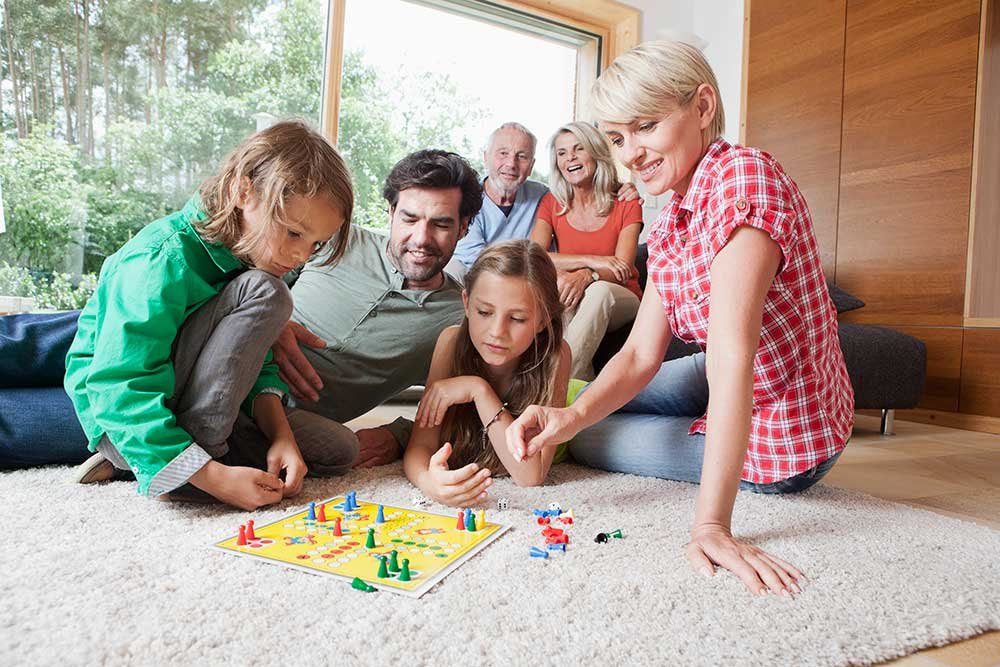Engaging children in intergenerational activities at care homes can be a wonderful way to foster empathy, break down generational barriers, and create joyful experiences. These interactions are mutually beneficial—children gain valuable life lessons and companionship, while older adults enjoy the vitality and enthusiasm that young visitors bring. To make these visits even more impactful, it’s essential to come up with creative and innovative activities that appeal to both age groups. Here are some fresh ideas for engaging children in intergenerational activities at care homes.
1. Create a Shared Memory Quilt
Organize a group quilting or sewing project where residents and children work together to create a “Memory Quilt.” Each child and resident can be assigned a small square of fabric to decorate with personal drawings, messages, or symbols that represent special memories or interests. Once all the squares are completed, they can be sewn together into a large quilt that symbolizes the combined creativity and experiences of both generations. This project encourages collaboration and storytelling and can be displayed in the care home as a symbol of unity and shared joy.
2. Design and Host an Intergenerational Talent Show
Encourage children and residents to showcase their talents in a fun and inclusive talent show. Children can sing, dance, perform magic tricks, or play musical instruments, while residents can share a poem or a joke, or even perform a duet with a child. Family members and staff can be the audience, cheering them on. Not only does this activity build confidence, but it also provides a stage for both generations to express themselves and appreciate each other’s talents.
3. Create a Care Home Garden Together
If the care home has an outdoor space, involve both children and residents in creating a shared garden. Let the children and residents choose plants, flowers, or vegetables to grow together. Designate gardening tasks that match their abilities, such as planting seeds, watering, or painting garden signs. This activity allows for long-term collaboration as they watch the garden flourish over time. It also gives both generations a reason to gather regularly and see the fruits of their labor bloom.
4. Create a “Wisdom and Wishes” Jar
Set up a table with colorful slips of paper, pens, and a large jar labeled “Wisdom and Wishes.” Children can ask residents for their words of wisdom or favorite pieces of advice to write on the slips, while residents can ask children to share their hopes, dreams, or personal wishes. Collect these notes and share some aloud, or turn them into a decorative display. This activity helps build meaningful dialogue and offers a tangible way to exchange experiences and aspirations. At Morris Care Home in Telford, your children will be able to visit a range of residents to gain their insights.
5. Start a “Pen Pal” Program Within the Care Home
Encourage children and residents to write letters to each other through an internal pen pal program. Set up a mailbox in the care home, and have children drop off their letters during visits. Residents can write back with their own stories or responses to the children’s letters. This program helps build anticipation and creates a more structured form of communication that can continue between visits. Plus, exchanging letters can be a delightful keepsake for both generations.
6. Create a “Living History” Scrapbook
Ask children to help residents create a “Living History” scrapbook. Each resident can share personal stories about significant historical events they’ve lived through or life lessons they’ve learned. Children can document these stories in a scrapbook using drawings, written entries, or even audio recordings. The result is a collective history book that not only captures the wisdom and experiences of the residents but also serves as a unique learning opportunity for children.
7. Introduce “Adopt a Grandparent” Visits
Launch an “Adopt a Grandparent” initiative where children are paired with a resident to build a lasting friendship. During each visit, the child and resident can participate in a variety of activities like playing games, reading books, or doing arts and crafts. This pairing allows for deeper connections, as the child and resident get to know each other over time. These one-on-one interactions can help residents feel special and appreciated, while children learn the importance of nurturing relationships with older generations.
Fostering Intergenerational Connections
Engaging children in intergenerational activities at care homes can bring enormous benefits to both generations. By exploring creative and purposeful activities like creating a memory quilt, hosting a talent show, or organizing a science day, you can foster deep connections and provide shared experiences that leave lasting impressions.
Remember, the focus is on building relationships, sharing stories, and finding joy in the time spent together. With these ideas, each visit to the care home can become a meaningful and enriching experience for everyone involved.



